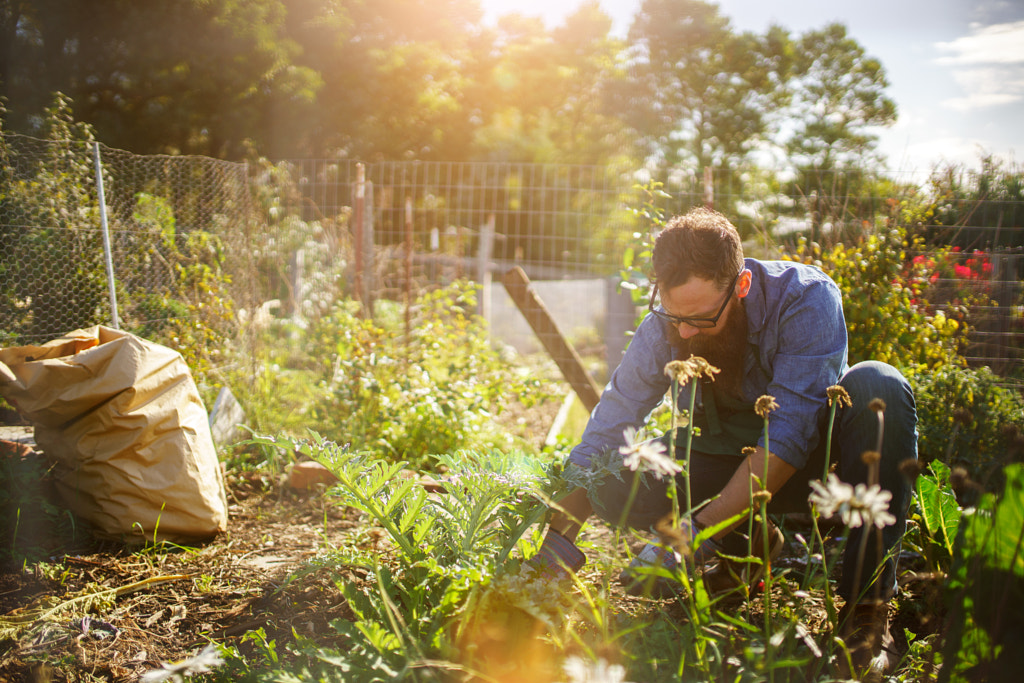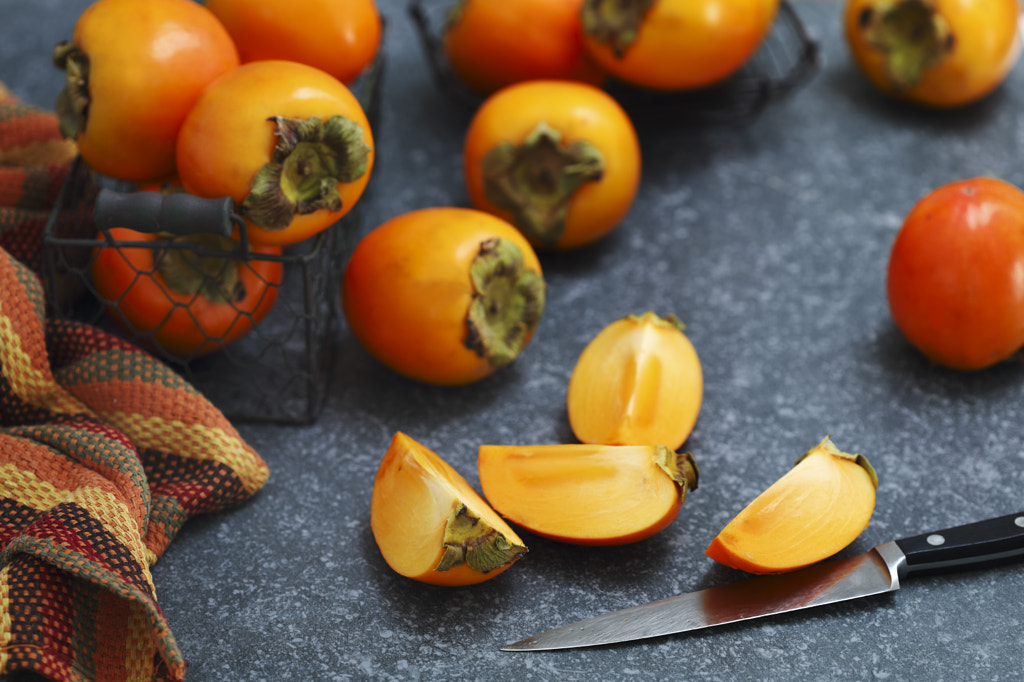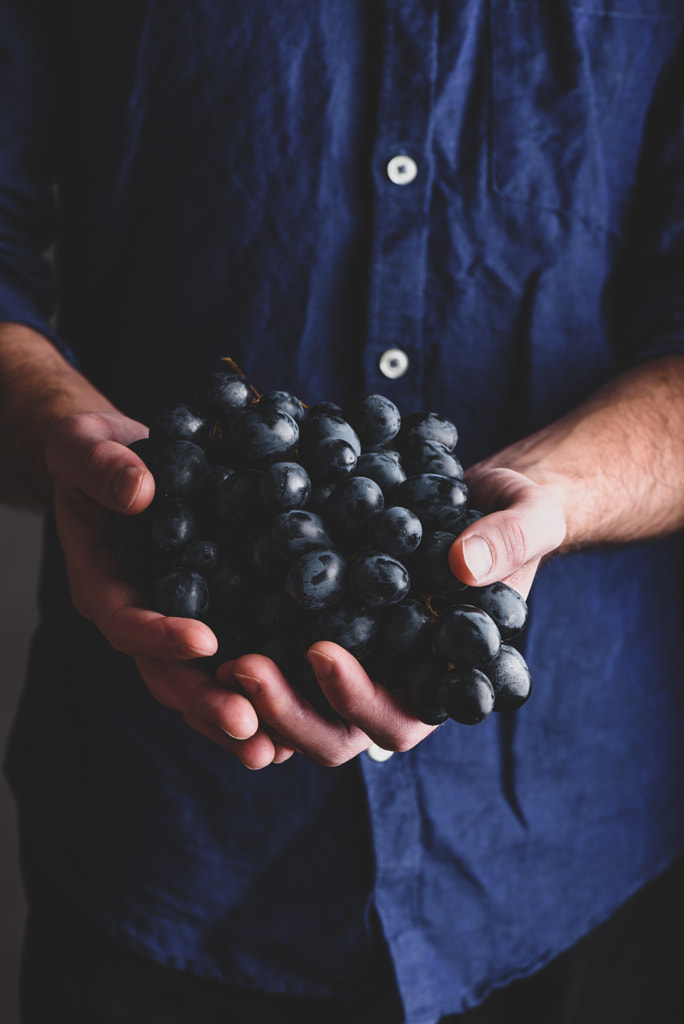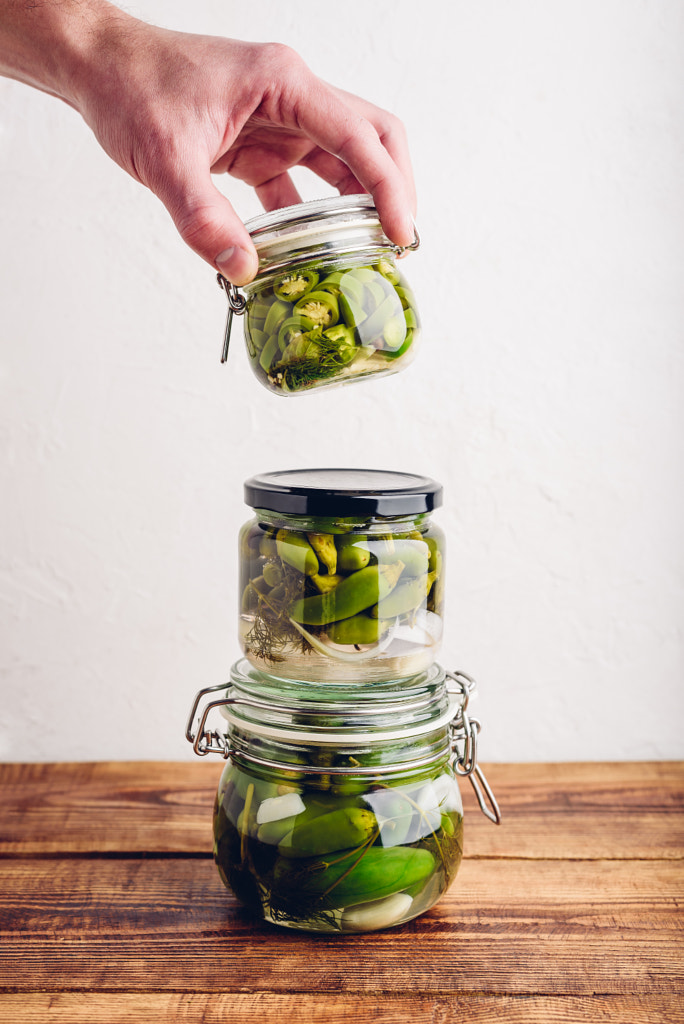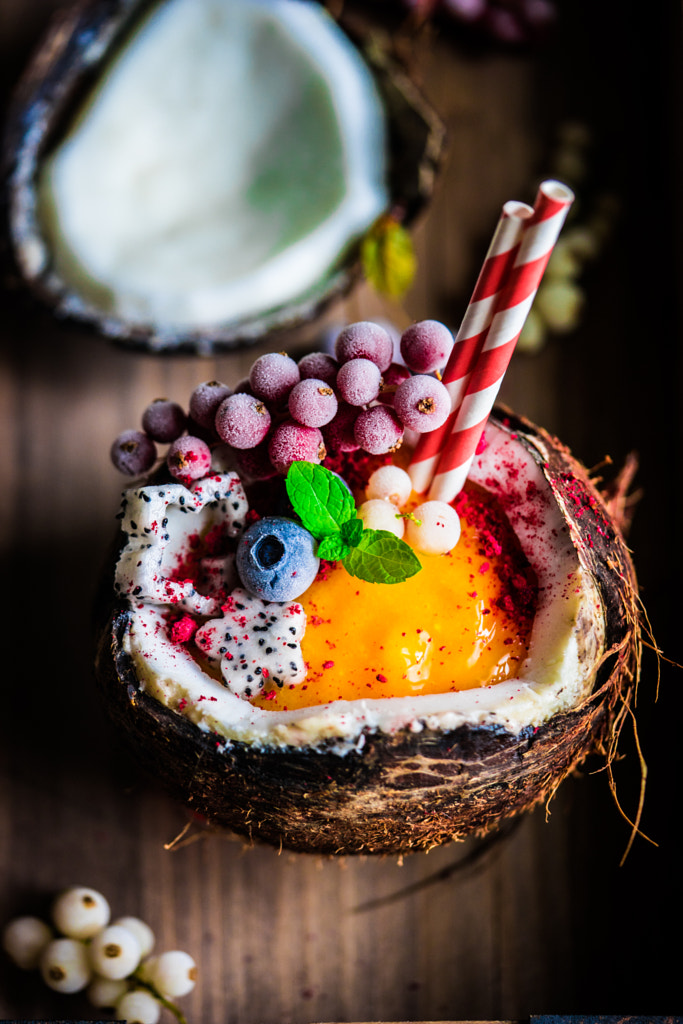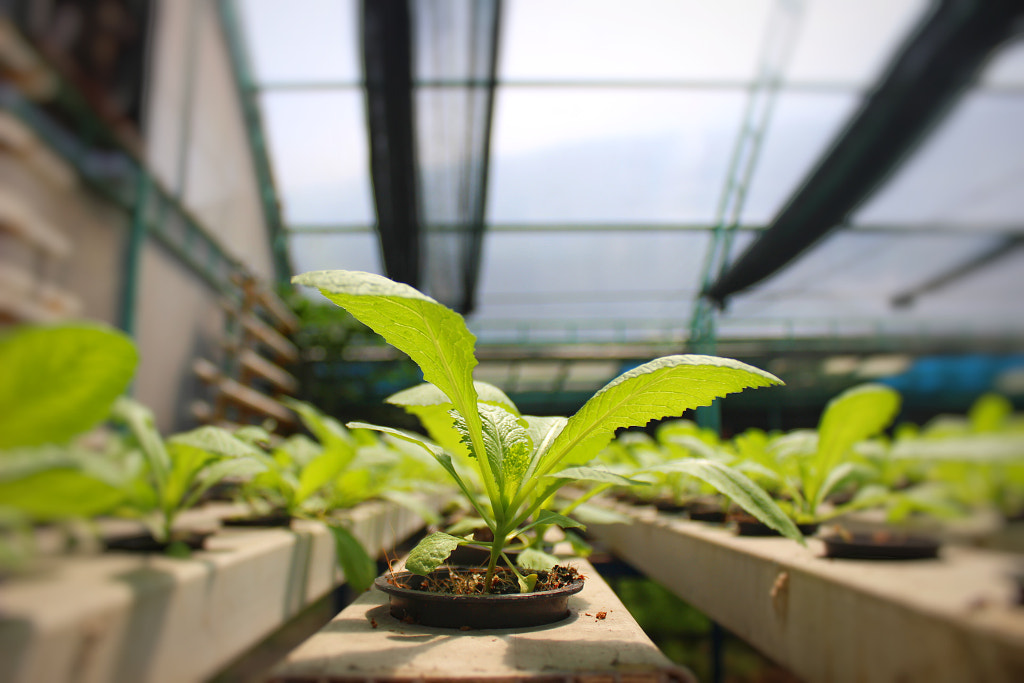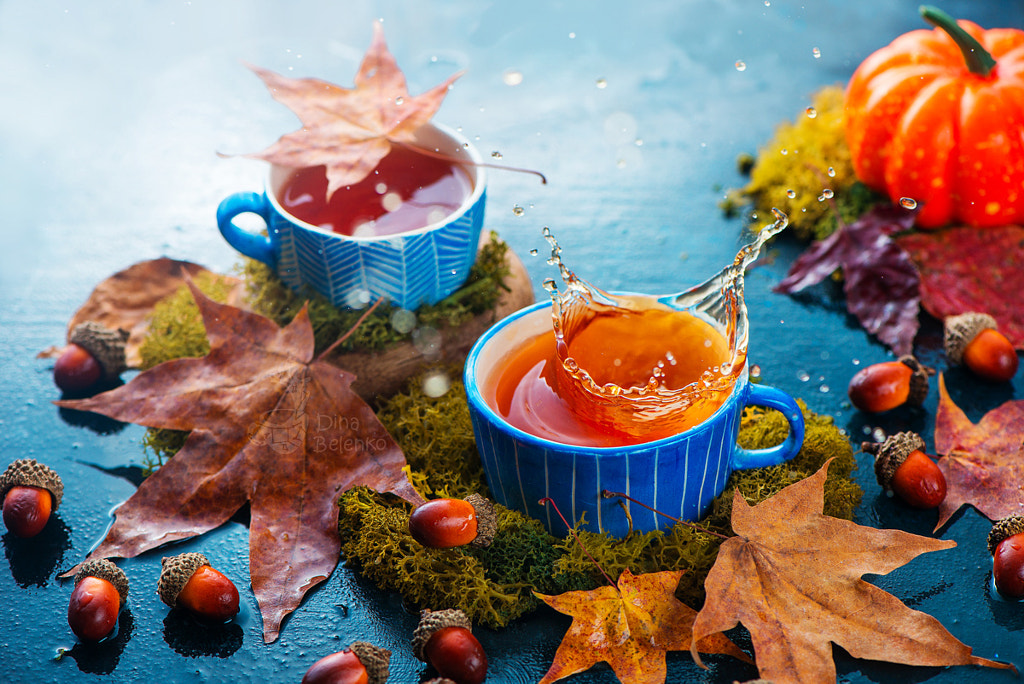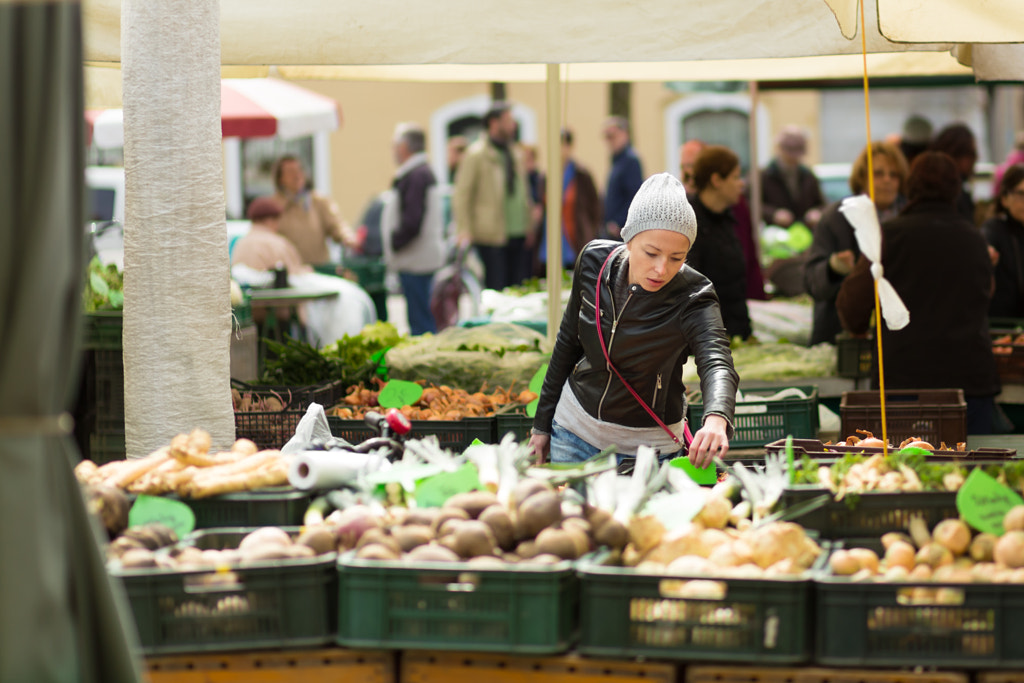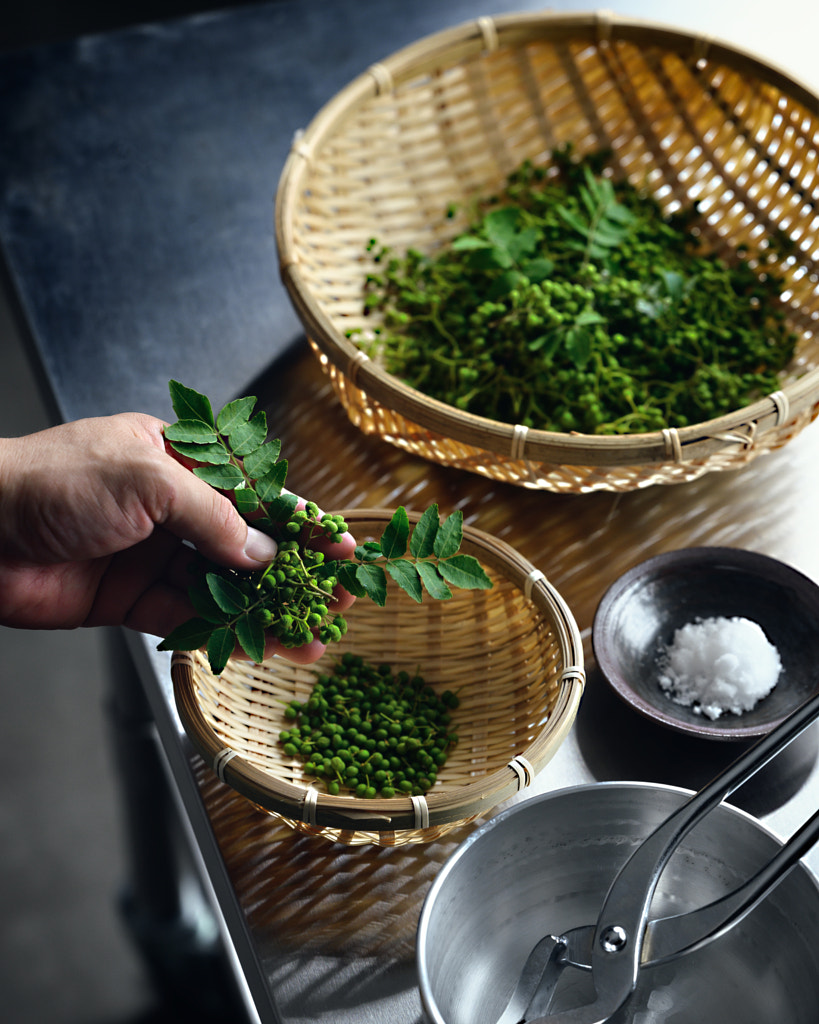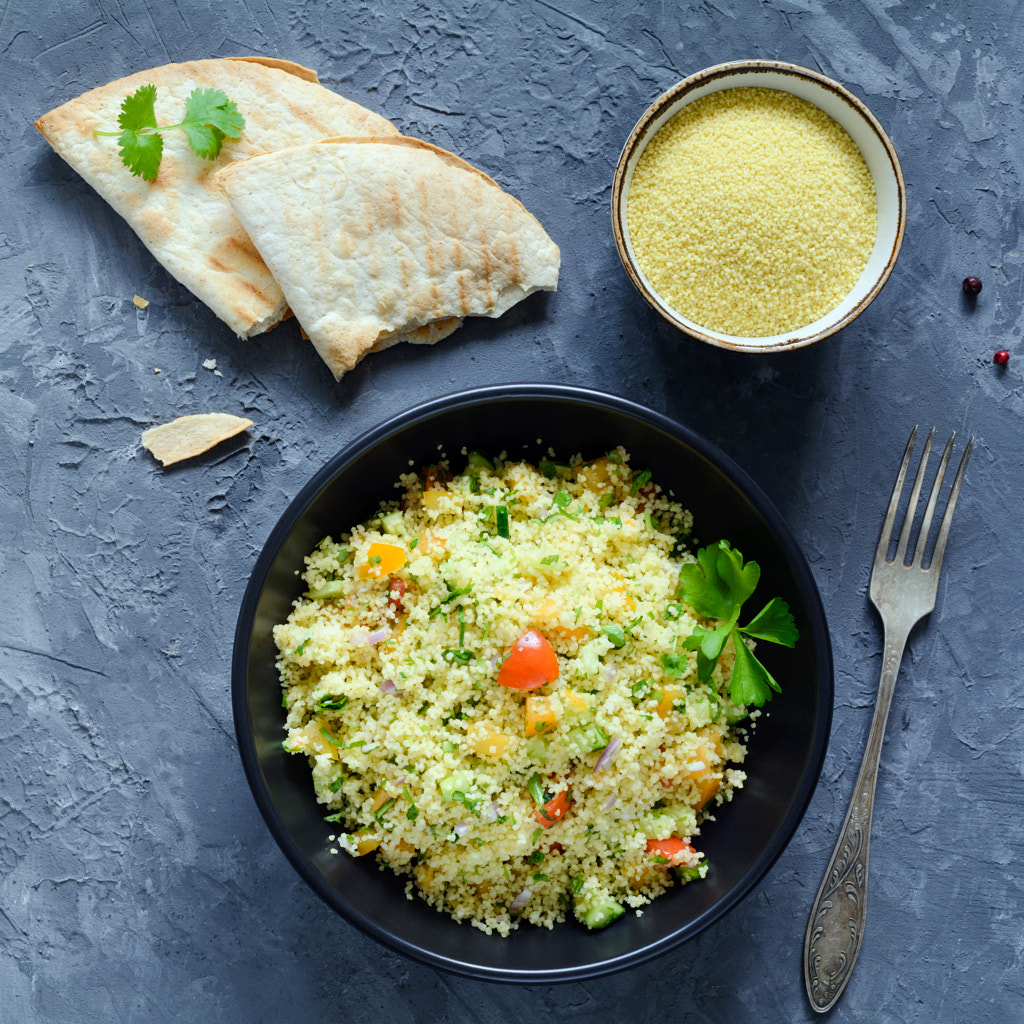According to research recently released by Oxford University, vegan, vegetarian, and flexitarian diets aren’t only healthier, but in countries like the US, UK, Australia, and parts of Western Europe, they’re also cheaper. What’s more, researchers found that it would be possible to make sustainable and healthy eating affordable everywhere within the next ten years, as the result of economic development, reduction in food waste, and climate-friendly food pricing.
With awareness of unsustainable agricultural practices, food and land justice, human rights and animal welfare violations, and food insecurity growing, our relationship with food has shifted dramatically. What we eat affects not only our health but the health of our planet, with consumers, notably Gen Zers, advocating for an overhaul of our global food system, with a focus on sustainability and inclusivity.
“In recent years, we have enjoyed a range of foodie trends, such as rainbow bagels, kombucha, fermented foods, cold brew, fancy charcuterie boards, food truck culture, and various superfoods like kale,” the 500px team tells us. “Although these trends make for timely and desirable content, there are also larger, overarching themes and concepts that have completely changed the food industry, and we see these concepts growing stronger in commercial photography too.
“Going forward, it’s important to take a step back and look at how our food creates connections between us—and how it influences us socially, creatively, and physically. Trends come and go, but we have seen major and lasting cultural shifts in how we purchase, learn about, and consume our food.” Let’s explore some of these shifts and consider how they can apply to your photography portfolio.
Spotlight on: Regenerative agriculture
Last year, Wunderman Thompson Intelligence released a new trend report, Regeneration Rising, to examine shifting attitudes toward sustainability, underscoring the importance of returning to regenerative agriculture, a movement with roots in Indigenous practices. This movement includes methods such as no-till farming, crop rotation, and increased use of composting over chemical fertilizers—practices that restore soil health, store carbon, or promote biodiversity.
If sustainable farming is about not doing harm, regenerative farming is about doing good. As noted by Wunderman Thompson, campaigns like Regenuary in the UK have encouraged consumers to take action. In the case of Regenuary, participants made a one-month commitment to only eating food produced using regenerative agriculture, with everything grown locally.
Meanwhile, we’ve also seen companies make strides of their own; the plant-based brand Milkadamia and the baby food brand White Leaf Provisions are among those to have committed to regenerative agriculture. Incorporating this movement into your portfolio could mean teaming up with a local regenerative farmer to document their work, or it could mean sourcing ingredients for product and food shoots from regenerative farms.
This kind of agriculture can also take place in cities in the form of “regenerative urban farming,” which can be used to improve soil health, drawdown carbon, and even increase biodiversity for native insects. Small urban farms also feed their communities, ensuring locals have access to good, healthy food. Check out your city for regenerative farming projects, community-supported agriculture, and urban farms; you might be surprised by what you find.
Spotlight on: Green kitchens
If we return to Wunderman Thompson’s Regeneration Rising report, their research indicates that, over the past year, 77% of people across countries have always or often used up leftovers, with the same percentage saying they always or often recycle at home. 65% said the same of refusing plastic bags while shopping, and 63% agreed when it came to avoiding single-use plastics (including utensils, water bottles, and straws). 62% always or often limit water use at home, and 58% aim to consume less in general.
The movement toward more sustainable homes and kitchens can easily play a role in what you shoot for your commercial portfolio. “With conversations around food waste and sustainable practices becoming more popular, Licensing Contributors can consider ideas surrounding compost kitchens, fresh foods that do not come in plastic packaging, or even meals packaged in reusable tupperware,” the 500px team elaborates.
Spotlight on: Plant-based eats
We’ve covered the rise in plant-based meat and dairy alternatives before, but it’s important to note that veganism and flexitarianism, the latter of which describes the reduction of meat consumption, aren’t just trends; they’re movements advocating for a more humane and sustainable future.
16.5% of all greenhouse gas emissions come from animal agriculture, and 99% of farm animals in the United States come from factory farms, according to the Humane Society of the United States. What’s more, a 2020 report from the United Nations suggests that the leading two drivers of new zoonotic diseases are the demand for animal products and the intensification of animal farming.
Here’s the good news: from Michelin-starred restaurants like Eleven Madison Park in New York, which recently transitioned to an entirely plant-based menu, to “the world’s first vegan suite,” created by Hilton in London in 2019, brands are taking a stand. Meanwhile, platforms like Vegvisits, an online booking platform, make it easier than ever to find vegan options while traveling.
Veganism is a worldwide movement, so tap into your local culture, whether that means incorporating hummus, rice and lentils, cabbage rolls, green plantains, quinoa, fried tofu, or other international ingredients. This is a great excuse to get creative and put a fresh spin on old family favorites.
Spotlight on: Eating for mental health
Earlier this year, the 2022 Food and Health survey from the International Food Information Council (IFIC) found that more than half (56%) of Americans reported feeling “very” or “somewhat” stressed over the preceding six months, with 30% reducing or managing stress through nutrition and diet choices. 33% of Gen Zers reported seeking mental health or emotional benefits from foods and beverages. Meanwhile, according to research from Ketchum, searches for “mood-boosting foods” rose by 50% year-over-year.
With awareness about mental health on the rise, it makes sense that people are eating with mental well-being in mind. Eating regularly, minding your gut health, consuming healthy fats, and minimizing caffeine intake are all ways someone might choose to address their mental health through food. “Foods said to support mental health include fruits, veggies, legumes, seeds, and Omega-3s,” the content team adds. Some ingredients to consider might be flaxseeds, chia seeds, brussels sprouts, walnuts, and beyond.
Spotlight on: Coffee and alcohol alternatives
Speaking of eating (and drinking) for mental health, we’re experiencing coinciding demand for coffee and alcohol alternatives. From the herbal coffees and teas offered by Teeccino to the chai and cacao flavors of MUDWTR, it’s never been easier to cut down on caffeine. Think mushroom, chicory root, and matcha when sourcing and styling your next food shoot.
Similarly, consider alcohol-free “booze” and mocktails; the 2022 Bacardi Cocktail Trends Report named the “Rise of the Sober-Curious” as one of their top trends, citing Nielsen CGA research that showed that 58% of people were drinking more no- and low-alcoholic drinks than a year ago, while 79% said they wanted to introduce more “NoLo” options. Of course, these trends are also great for incorporating into your lifestyle content; consider what mornings with herbal coffee and mocktails with friends might look like.
Spotlight on: Eating local
In 2018, research from Gallup revealed that almost three in four (73%) Americans say they try to include locally grown food in their regular diets, with interest in locally grown food rising from previous years. Amid the pandemic and its aftermath, the demand for local food made headlines; this year, as inflation led to soaring grocery store prices, people turned to local farms for more affordable choices, without needing to pay extra for shipping, fuel, and fertilizer. In Chicago, one farmer’s market had to double their urban farm orders to meet the demand this summer.
Of course, this movement also ties back to increased interest in regenerative/urban agriculture. Photographing this theme can be as simple as documenting your backyard garden or visiting one nearby. “As awareness grows, more people look to grow their own food—or at least make an effort to visit farmers’ markets,” the 500px team says. “Growing food has connected people not only with their communities but also the planet, providing a deeper understanding of food production and care. People in cities are also participating by growing on their balconies or renting garden space on rooftops of their condos.”
Spotlight on: Celebrating culture through food
At the start of this year, Pinterest named “Ancestral Eats” as one of their top trends for 2022, with searches for “South African recipes traditional,” “Arabic food traditional,” and “Filipino recipes authentic” rising by 150%, 2x, and 35%, respectively. In Canada, trending search terms included “Authentic Greek recipes,” “Lebanese recipes authentic,” “Traditional Chinese food recipes,” and “Traditional Scottish food.”
Diversity in food and lifestyle stock photography is essential, but according to a trend report released by Getty Images last year, the diversity of food across American households was not well-represented in commercial/advertising images. While fruits and veggies made up to 20% of food-related images, there weren’t enough photos of ingredients that were culturally specific to BIPOC households, such as plantains, daikon radishes, or collard greens.
That needs to change, and you can start by highlighting the flavors of your local community, your family, and your neighbors. Food brings people together, and recipes are passed down from generation to generation, so these dishes can and should play a key role in your lifestyle photography. “Pictures of families around dinner tables and friends at backyard gatherings always make for great, authentic content,” the 500px team tells us.
Not on 500px yet? Click here to learn about Licensing with 500px.
The post Our evolving connection with food and how to visualize it in commercial advertising appeared first on 500px.
